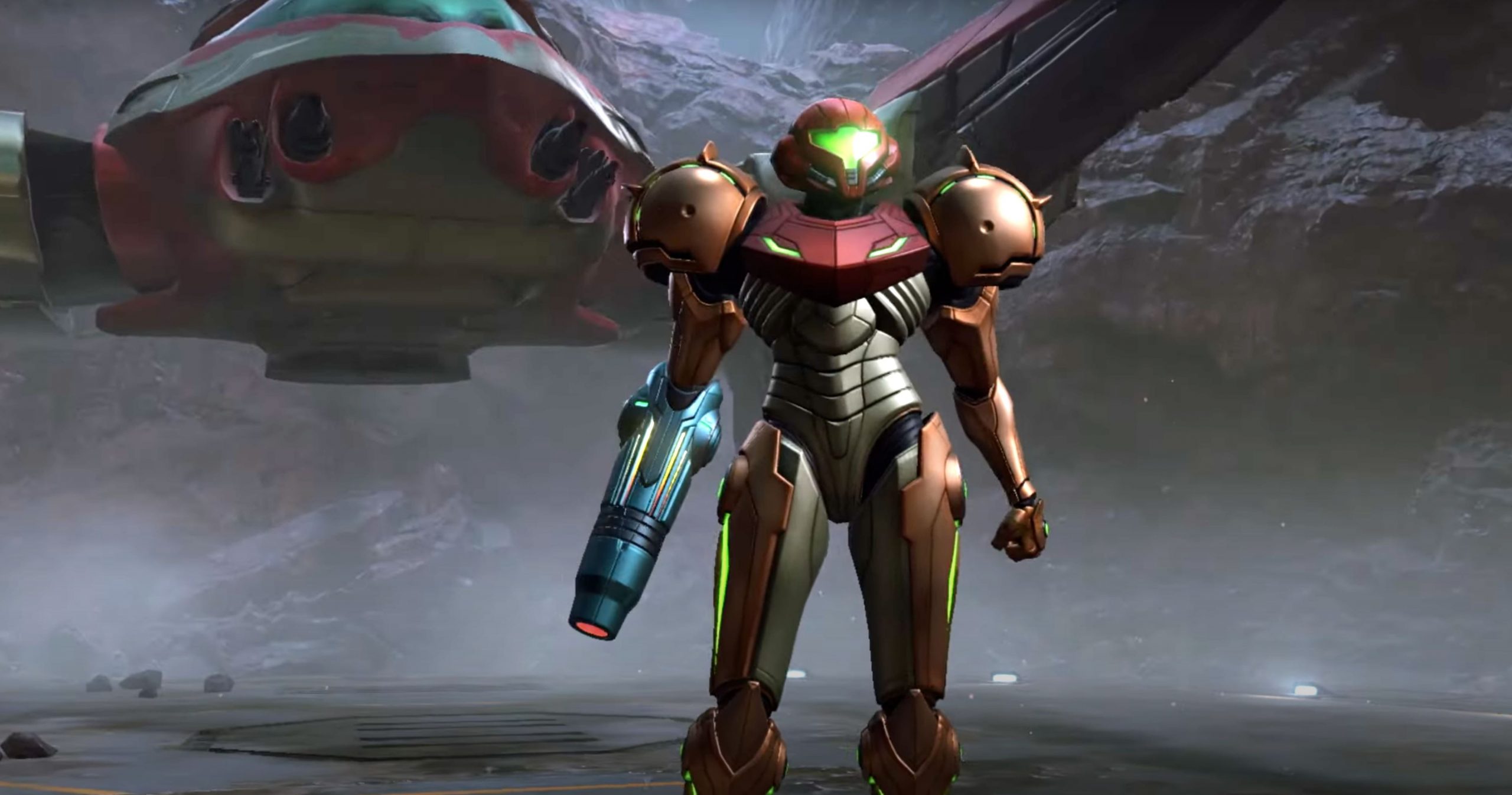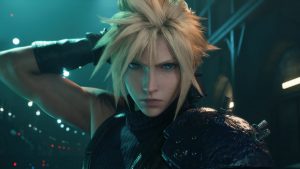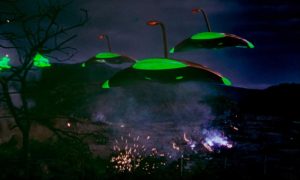
During a truly stacked Nintendo Direct presentation, the company released a new trailer for Metroid Prime 4 (now officially known as Metroid Prime 4: Beyond). Not only did that trailer showcase the first snippets of Metroid Prime 4‘s gameplay, but it’s the first time we’ve seen a substantial preview for that project since the sequel was announced in 2017. It’s been a long, tough road for Metroid Prime 4‘s development since then, and many fans were thrilled to see that the game is not only still alive but is finally coming to Nintendo Switch in 2025.
In most cases, that “2025” at the end of the Metroid Prime 4 trailer would be a frustratingly vague tease masquerading as a release date. To be fair, that’s still at least partially true in this instance. However, those in the know also know that release year means much more than it may initially appear to. Among other things, it puts Metroid Prime 4 in a position to be the perfect Switch swan song game.
Nintendo is working on a Switch successor, and that is no longer mere speculation. The rumors about that new console have gone so strong in recent months that Nintendo decided to go out of their way to confirm that new hardware is coming and that it wouldn’t be featured during their most recent Direct presentation. It’s rare for a company to be so upfront about a rumor that they will not be showing, but that’s just how close we are to the next Nintendo console.
While the details regarding that device remain unconfirmed, most reports agree on a few key points. The next Nintendo console will almost certainly be a true Switch successor that will likely retain that console’s handheld hybrid design (but be significantly more powerful). Perhaps more importantly, it’s all but confirmed that the next Nintendo console will be released in 2025. Given its rumored similarities to the Nintendo Switch and Metroid Prime 4‘s now-confirmed release year, the popular theory at the moment is that Metroid Prime 4 will be released as both the final major Switch game and the first major “Switch 2” title. You may recall that Nintendo utilized a similar release strategy when Breath of the Wild received a dual launch on the Wii U and Nintendo Switch.
For what it’s worth, I also believe that Metroid Prime 4 will be playable on Nintendo Switch 2 either through backward compatibility or as a standalone next-gen release. Unlike Breath of the Wild, though, which is largely considered to be a Switch game rather than a Wii U title, it’s hard not to look at Metroid Prime 4 as a send-off to what will likely go down as Nintendo’s most successful home console ever.
That’s partially because Metroid Prime 4 was first revealed in 2017: the same year that the Nintendo Switch launched. There is something appropriate about the idea of a game we’ve been waiting for all that time finally being released as the Nintendo Switch rides into the sunset. Granted, that’s only because Metroid Prime 4 has suffered through a long road to release that everyone involved would have liked to avoid, but hey, we got here how we got here.
The game’s apparent technical qualities may also prove to be a key part of its swan song status. Some are already speculating that the footage we saw of the game may have been running on Switch 2 hardware. However, given how good the Metroid Prime remaster looked on Switch, I don’t think that’s the case. What I do believe is that Metroid Prime 4 will both show how far Switch game development has come and potentially give early Switch 2 owners a crucial glimpse of that console’s reported boosts in processing power and display quality. What more can a final game (and potential first game) do from a technical standpoint?
More importantly, there is something poetic about a Metroid title potentially being the last major Switch game. For all of the Nintendo Switch’s accomplishments (sales metrics and cultural impact), its greatest triumph may be the ways it helped revive so many franchises and individual releases. That’s especially true of the console’s numerous Wii U ports. Titles like Mario Kart 8 could have been left for dead on one of Nintendo’s worst consoles. Instead, they were given a second chance at the success they deserved on a console that often encouraged people to look at games just a bit differently. That’s to say nothing of franchises like Animal Crossing and mainline Pokémon titles that finally came back to Nintendo’s home hardware thanks, in part, to the Switch’s unique hybrid capabilities.
Then there’s Metroid. Granted, Metroid Dread “only” sold around 3 million copies, which doesn’t exactly make it a record-breaking title for the platform. For that matter, the Metroid Prime remaster barely cracked the million sales mark. Still, Dread managed to become the best-selling entry in a franchise that has long enjoyed critical acclaim but has often struggled to make a dent on the global charts. Now, though, Metroid has a chance to help us all say goodbye to a console that helped reshape the industry by showing just how much people wanted to experience Triple-A console gaming on the go.
That’s an honor typically reserved for franchises like Super Mario and The Legend of Zelda which are typically seen as the crown jewels of Nintendo’s empire. Instead, it will likely go to Metroid: the ultimate example of the franchise that never came close to achieving the success it deserved until the Nintendo Switch came along. It’s an appropriate spotlight for the series that helped change gaming and a reminder that the true power of the Nintendo Switch can’t be measured in the resolution, GHz, or core count numbers that the rest of the industry often seems so obsessed with.
The post Why Metroid Prime 4 Is The Perfect Nintendo Switch Swan Song Game appeared first on Den of Geek.










